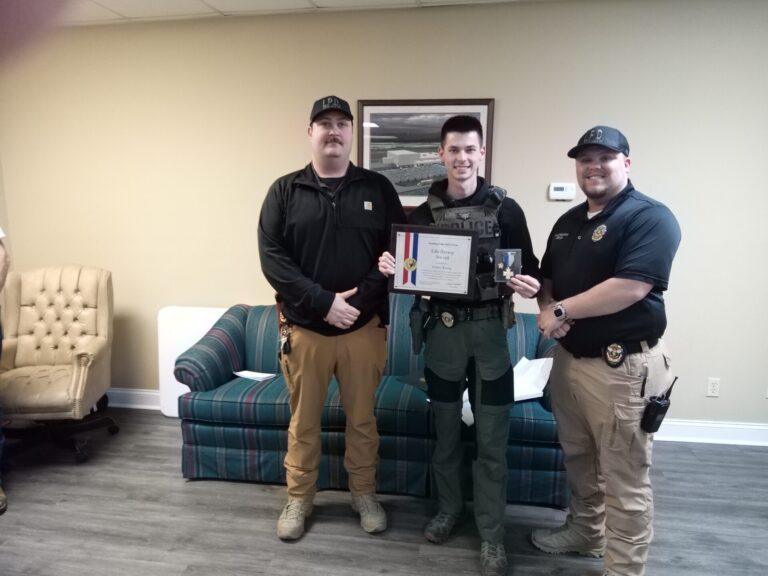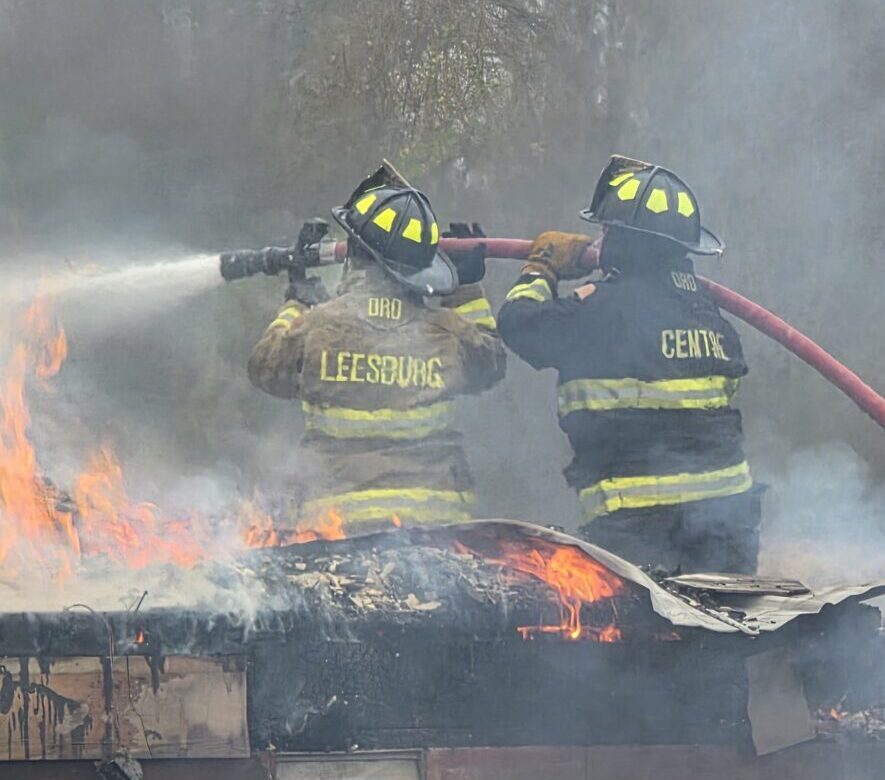
(NEW YORK) — A new study published in the journal Sleep Medicine analyzed existing data about sound levels of white noise machines and concluded that many devices can produce sounds louder than recommended for even adult workers — making them capable of being too loud for infants, who are more susceptible to negative effects of loud noises.
“Those devices exceeded what is appropriate for hearing health for any individual, just walking around and living their life,” Dr. Isaac Erbele, one of the study’s authors who specializes in ear and skull surgeries at Brooke Army Medical Center in San Antonio, told ABC News.
He is worried that many commercially available white noise machines are too loud to be safe for kids based on these findings. These machines are not federally regulated and the noise levels on these machines are sometimes not clearly labeled.
Current pediatric sound guidelines do not offer parents a specific decibel cutoff for white noise machines. The American Academy of Pediatrics (AAP) states that machines should be located “as far away as possible from the infant, set the volume as low as possible, and limit the duration of use.” ABC News has previously reported on AAP’s warning to keep these machines seven or more feet away from a child.
The consequences of these sounds are less clear though. Existing studies show that loud noise can cause a stress response in neonates, but lullabies and breath sounds can help calm babies. The AAP does warn that excessive noise exposure from things like loud traffic, headphones and concerts can cause permanent hearing loss.
In the absence of decibel recommendations for infants, Erbele and his team used existing National Institute for Occupational Safety and Health (NIOSH), guidelines as “a good ceiling,” for how loud white noise machines should be.
He was concerned that of the 24 white noise machines and six phone apps reviewed in his study, all of them “had levels that were higher than are permissible for an eight-hour shift by NIOSH.”
NIOSH has a recommended exposure limit (REL) of 85 decibels over eight hours. The louder the sound, the shorter the recommended exposure limit.
According to NIOSH, “Workers who are exposed to noise at or above the NIOSH REL are at risk of developing significant hearing loss over their working lifetime.”
However, Erbele said more research is needed, and the decibel limit is probably even lower for children. He and his colleagues recommended a 60 decibels limit “based on our understanding of the literature available right now.”
“I don’t think people should be afraid of white noise machines, and for a lot of people that can be really helpful,” said Dr. Landon Duyka, an ear, nose, and throat doctor at Northwestern Medicine who was not associated with the study.
However, if parents are seeking to wean their children off these machines, Duyka recommends incrementally decreasing the noise level on the white noise machine until the child no longer needs it. First start with nap time and then implement these changes at nighttime, he said.
Erbele also recommends that parents measure the loudness of white noise machines by using the “Sound Level Meter” app developed by NIOSH. If parents want to keep using machines but reduce negative effects, they can move the machine further away from the child, and turn the machine off soon after the child falls asleep.
Finally, parents should continue to monitor their children for signs of hearing loss. Both doctors stated that a child not reacting to loud sounds, like a door slamming or dog barking, is concerning. A variety of hearing tests also exist for children, and a pediatrician can guide parents on which test could be helpful.
Copyright © 2024, ABC Audio. All rights reserved.




